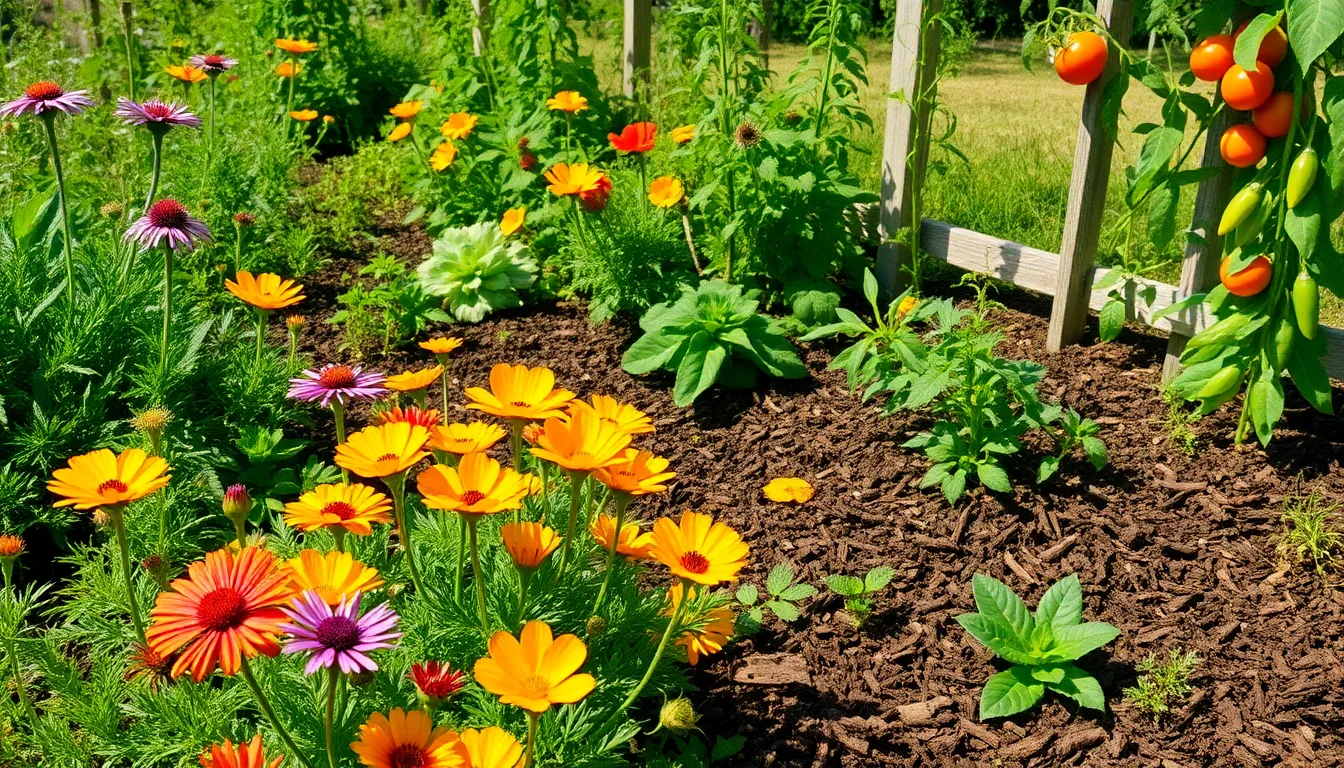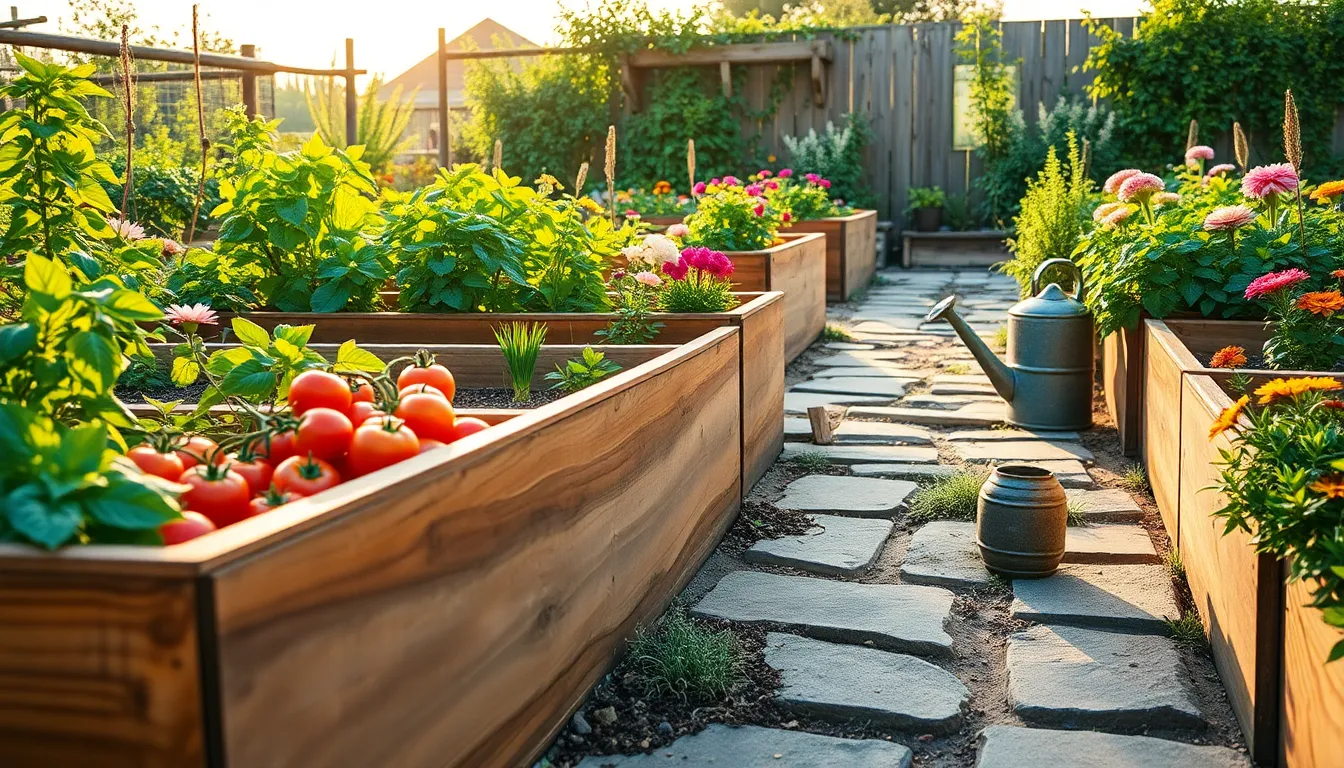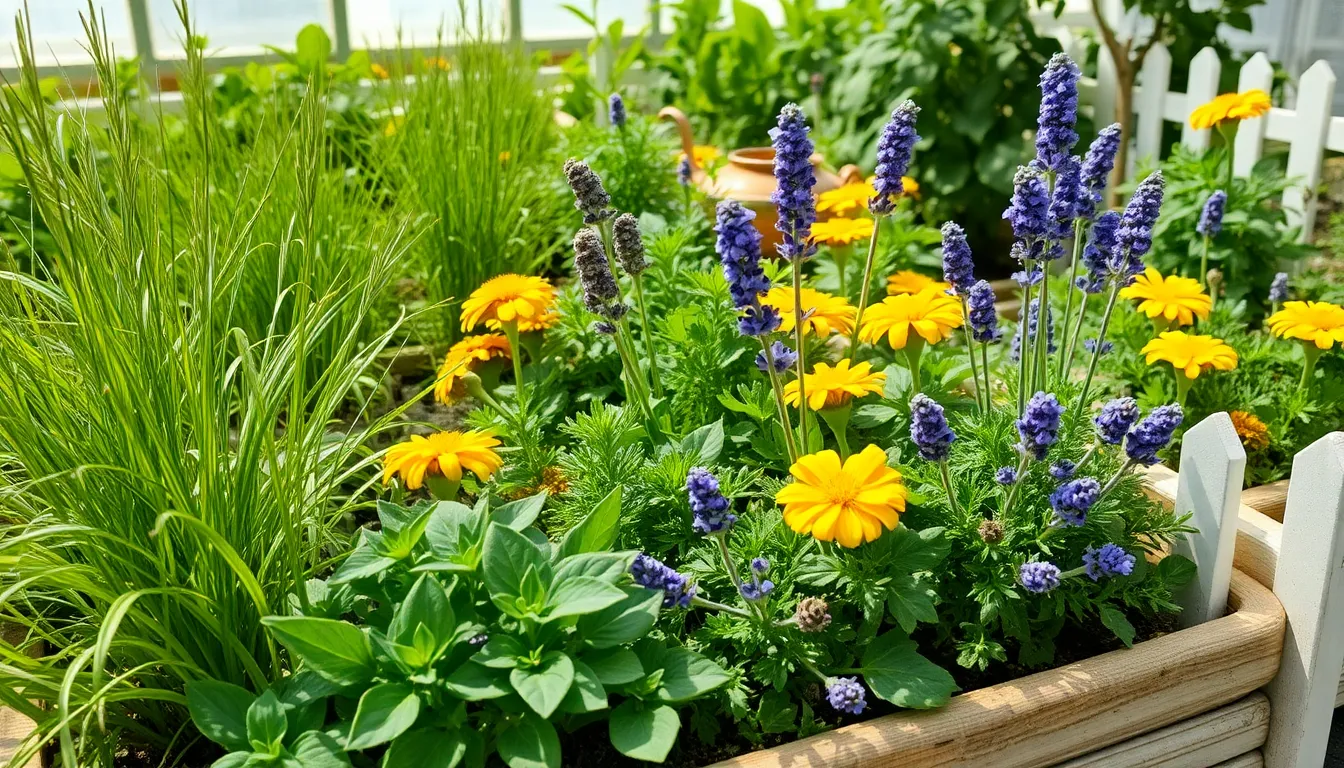Gardening is a delightful journey that brings us closer to nature, but it occasionally involves a few unexpected visitors. Snails, with their slow-moving charm, can become uninvited guests in our garden beds, causing more harm than their appearance suggests. Understanding how often to keep these creatures at bay is crucial for both preserving your plants and maintaining a thriving garden. Whether you’re just starting your gardening adventure or have years of experience under your belt, the question remains: how frequently should you take action against these little intruders?
In this article, you’ll discover the secrets to balancing the beauty of your garden with effective snail management. We’ll delve into practical tips and strategies that are easy to implement, ensuring your garden remains a sanctuary for plants, not pests. From identifying the signs of snail activity to learning the best times to intervene, you’ll gain valuable insights that will empower you to protect your green spaces without feeling overwhelmed.
By the end of this guide, you’ll feel confident in your ability to manage snails with both efficiency and care. We’ll explore natural deterrents, preventative measures, and even how to use snails as indicators of your garden’s overall health. With these tools at your disposal, you’ll not only enhance your gardening skills but also enjoy the process of nurturing a vibrant, snail-free garden bed. Let’s embark on this journey together, embracing the joys and challenges of gardening with enthusiasm and expertise.
Understanding Snail Behavior Patterns
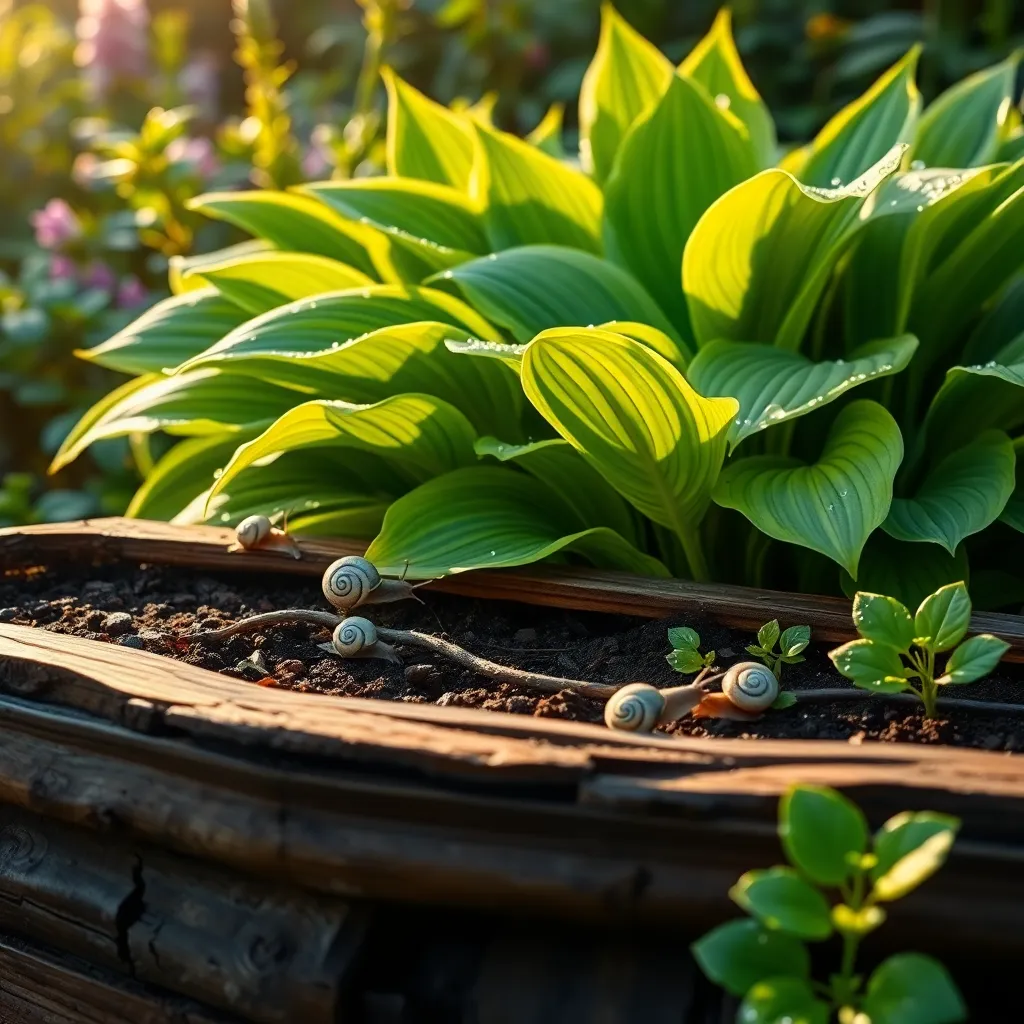
Understanding snail behavior is crucial in effectively managing their presence in your garden beds. These mollusks are most active during the night and in damp conditions, making it essential to monitor your garden closely during these times.
To mitigate snail activity, consider watering your plants in the morning, allowing the soil to dry by evening when snails are most active. This simple change can significantly reduce the moisture levels that attract snails.
Another effective strategy is to create barriers using materials like crushed eggshells or diatomaceous earth, which snails avoid due to their abrasive texture. Placing these around your prized plants can form a physical deterrent that snails will hesitate to cross.
For those seeking an advanced approach, introducing natural predators like ducks or certain beetles can help control the snail population. Maintaining a balanced ecosystem in your garden can be an effective long-term strategy to keep snails at bay without resorting to chemical treatments.
Signs of Snail Infestation
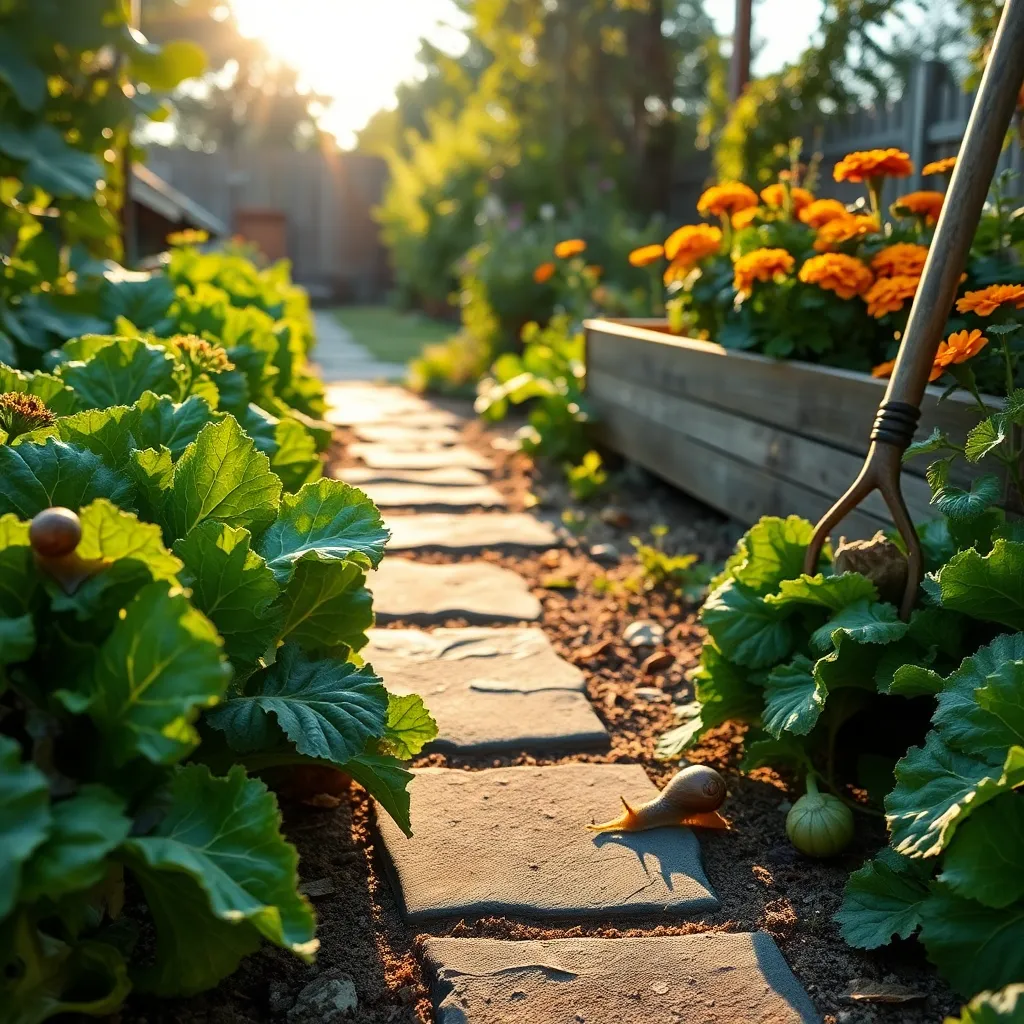
Identifying the signs of a snail infestation early can save your garden from significant damage. Snails are nocturnal feeders, and you might notice irregular holes in the leaves of your plants as a primary indicator.
You may also observe slimy trails on the soil or on plant stems, which are a telltale sign of snail activity. These trails typically glisten in the morning sun, making them easier to spot during early garden inspections.
Another sign is the presence of snails themselves, often hiding under plant pots, stones, or garden debris. Check these areas regularly, especially after rainfall, as the moist environment attracts them.
In terms of plant damage, snails often target tender seedlings and young plants, potentially stunting growth or killing young plants altogether. Regularly inspect these vulnerable plants for damage and act swiftly if signs of infestation appear.
Effective Snail Deterrent Strategies
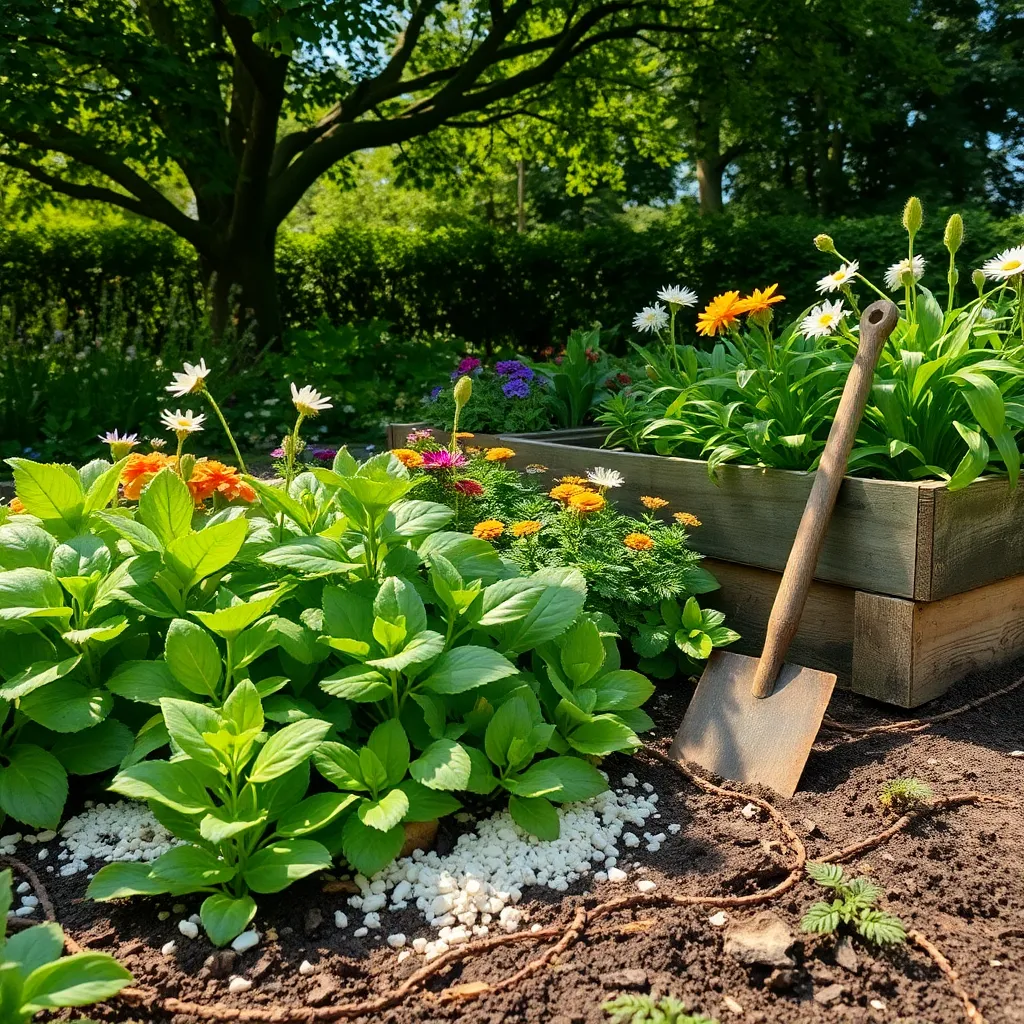
Snails can be a relentless problem in maintaining healthy garden beds, but several effective deterrent strategies can help. One of the simplest methods is to create barriers around your plants using materials such as crushed eggshells or diatomaceous earth, which are uncomfortable for snails to crawl over.
Another effective method involves using copper tape around the edges of planters or raised beds. Copper reacts with the slime snails produce, creating a mild electric shock that deters them without harming your plants or the environment.
Encouraging natural predators, like birds or beetles, can also help manage snail populations. You might set up birdhouses or plant native flowers that attract beneficial insects, providing a habitat for creatures that naturally keep snail numbers in check.
For an organic approach, consider using a homemade garlic spray, which can act as a repellent. To make it, blend several cloves of garlic with water and a few drops of dish soap, then spray the mixture directly onto the foliage.
- Ensure the garden is free from debris and dense foliage, which provide hiding spots for snails.
- Water your garden in the morning to reduce the moisture levels in the evening, making it less attractive to nocturnal snails.
- Regularly inspect plants for snail eggs, especially under leaves, and remove them promptly.
For more advanced gardeners, consider implementing a sacrificial plant strategy. Planting a few specimens that snails prefer, such as marigolds or brassicas, can draw them away from prized plants, allowing you to manage their numbers in a controlled area.
Routine Snail Monitoring Practices

Snail monitoring is an essential part of maintaining healthy garden beds. Start by inspecting your garden regularly, especially after rain or in the early morning when snails are most active.
Look for signs such as slime trails and damage on leaves to identify snail activity. Use a flashlight to spot these nocturnal pests during evening checks, which can be more effective than daytime monitoring.
Consider setting up simple traps to catch snails, such as overturned flower pots or boards placed on the soil. Check these traps daily, removing and disposing of any snails you find to prevent them from returning.
Advanced gardeners might employ biological controls, such as introducing predatory beetles or nematodes, which naturally reduce snail populations. These methods require careful consideration and knowledge of your garden’s ecosystem to ensure they are used effectively.
Long-Term Snail Prevention Tips
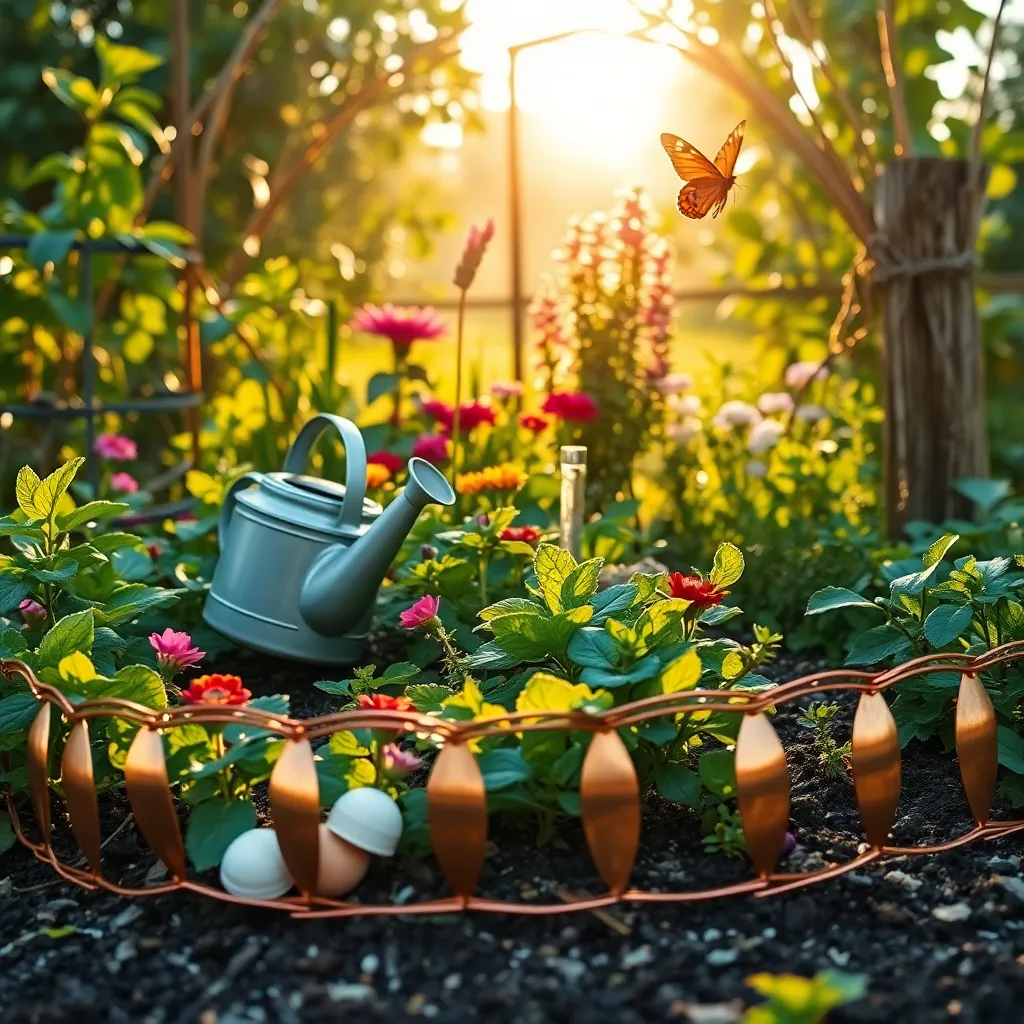
Creating a snail-resistant garden starts with selecting the right plants. Opt for varieties that snails find less appealing, such as lavender, rosemary, and ferns. These plants not only deter snails but also add beauty and fragrance to your garden.
Enhancing soil conditions can also reduce snail presence. Ensure your garden beds have well-draining soil by incorporating organic matter like compost or sand, which makes the environment less favorable for snails. Regularly turning the soil can also expose and deter hiding snails.
Consider using physical barriers as an effective long-term solution. Install copper tape around the edges of raised beds, as snails avoid crossing copper due to a reaction with their slime. Alternatively, create a rough surface with crushed eggshells or sharp gravel, which can be uncomfortable for snails to traverse.
For those looking to add a natural deterrent, introducing beneficial predators can be highly effective. Attract or introduce animals such as birds, toads, and beneficial insects like ground beetles that naturally feed on snails. Creating habitats like birdhouses or small water features can support these allies in your garden.
Conclusion: Growing Success with These Plants
In nurturing the garden of your relationship, we’ve explored five fundamental concepts that parallel keeping snails out of garden beds. First, understanding the importance of regular check-ins ensures minor issues are addressed before they become major obstacles. Second, fostering open communication is akin to maintaining clear pathways for healthy growth. Third, setting healthy boundaries provides the structure needed for flourishing connections. Fourth, prioritizing quality time cultivates deeper bonds, much like tending to delicate seedlings. Lastly, embracing adaptability allows relationships to thrive amidst changing seasons.
To fortify your relationship garden today, initiate a heartfelt conversation with your partner about these concepts. Discuss which areas you both feel need more attention, and commit to a small, actionable step in each area.
Remember to bookmark this article, so you can revisit these insights whenever you feel the need to recalibrate and strengthen your relationship.
Embrace these practices, and look forward to a future where your relationship blooms with resilience and joy. The journey to a thriving partnership is ongoing, and the effort you invest today will undoubtedly yield a harvest of love and understanding.


